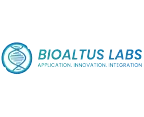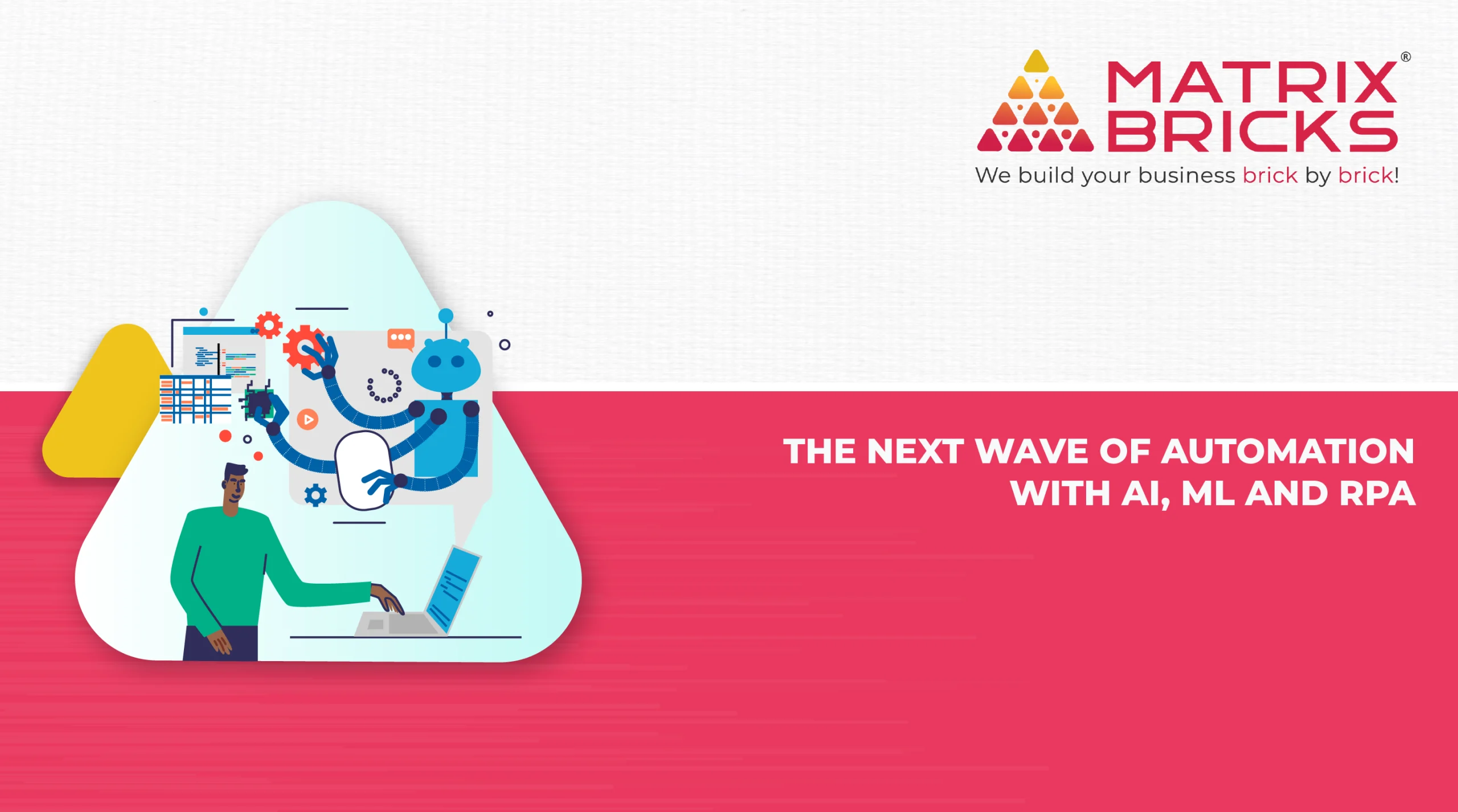Business Process Automation (BPA) is all about using technology to make tasks and processes in a business happen automatically, without needing people to do them manually each time. The goal of BPA is to make things run smoother, save money, and make fewer mistakes. This usually involves using different computer programs and tools to organize how work gets done efficiently.
How Does BPA Work?
- Automating Manual Tasks : BPA focuses on automating tasks that are repetitive and don't require much decision-making. For example, entering data into a system, sending out notifications, or generating reports can be automated.
- Using Software Tools : BPA relies on software applications that can handle specific parts of a process automatically. These tools can range from simple task schedulers to advanced systems that mimic human actions.
- Optimizing Workflows : BPA looks at how work moves through different steps in a business process and finds ways to make it smoother and faster. By using automation, businesses can use their resources more efficiently.

Key Components of BPA
Process Identification
Analyzing and identifying which business processes can benefit from automation. This involves mapping out current workflows and identifying bottlenecks.
Technology Integration
Implementing automation tools such as workflow management software, robotic process automation (RPA), and artificial intelligence (AI) to execute tasks efficiently.
Data Handling
BPA often involves managing and processing large volumes of data automatically, ensuring accuracy and consistency.
Rule-Based Decision Making
BPA uses rule engines or algorithms to automate routine decisions by setting logical rules and conditions. This reduces the need for manual intervention.
Process Orchestration and Integration
BPA coordinates complex workflows across multiple systems (like ERP or CRM) to ensure seamless data flow and end-to-end process optimization, eliminating data silos.
User Interface (UI) Automation
UI automation mimics human interactions with software interfaces, automating tasks like form filling, data entry, and navigation to boost efficiency and minimize errors.
Comprehensive Analytics and Reporting
BPA platforms analyze process data in real-time, generating insights on performance metrics, efficiency, and compliance to guide continuous improvement and informed decision-making.
Compliance and Audit Trails
BPA solutions maintain audit trails and activity logs to ensure regulatory compliance. Every action within automated processes is recorded and traceable, supporting audits and governance.
How Automation Streamlines Processes



Reduced Manual Intervention
Automation minimizes manual work in repetitive tasks like data entry and reporting, allowing employees to focus on higher-value activities.
Improved Speed and Accuracy
Automated processes are faster and more reliable, completing tasks in minutes instead of hours or days with reduced errors.
Enhanced Collaboration and Communication
Automation improves teamwork by notifying stakeholders instantly, facilitating faster decisions and smoother process handoffs.
Optimized Resource Utilization
Automation intelligently allocates resources based on real-time demand, reducing waste and enhancing overall efficiency.
Consistent Compliance and Governance
Automated processes consistently meet regulatory requirements, reducing risks of non-compliance and associated penalties.
Data-Driven Insights
Automation captures and analyzes process data to identify bottlenecks and improve performance continuously.
Scalability and Adaptability
Automated workflows easily scale with business growth or changes, accommodating increased workloads and new requirements.
Enhanced Customer Experience
Automation enables faster response times, personalized interactions, and efficient service delivery, boosting customer satisfaction.
Cost Savings
Automation reduces labor costs, minimizes errors, and optimizes resource use, leading to significant cost efficiencies and higher ROI.
Are you ready to take the big step towards your digital growth?
Get Your Free Audit Now!
Frequently asked questions
What is business process automation (BPA)?
BPA uses technology to automate repetitive tasks and processes in a business, improving efficiency and reducing manual effort.
What are the benefits of business process automation?
Benefits include increased efficiency, cost savings, reduced errors, and the ability to reallocate human resources to more strategic tasks.
How do you automate business solutions?
By using software tools and technologies to automate workflows, data entry, approvals, and other routine tasks.
What types of tasks can be automated with BPA?
Tasks such as invoice processing, employee onboarding, data entry, customer support, and report generation can be automated.
What are business process automation services?
These services involve consulting, designing, implementing, and maintaining automated solutions tailored to improve business processes.
Why should a business consider an automated business solution?
Automated solutions enhance efficiency, accuracy, and scalability while reducing operational costs and manual workload.
What industries benefit from business process automation solutions?
Industries such as finance, healthcare, manufacturing, retail, and logistics can significantly benefit from BPA.
What role do business process automation companies play?
These companies provide expertise and technology to help businesses design and implement effective automation strategies.
How do you choose the right business process automation company?
Look for companies with experience, a strong track record, customizable solutions, and good customer support.
Can BPA integrate with existing business systems?
Yes,BPA can integrate with existing systems like ERP, CRM, and other software to streamline workflows and data management.
Client Testimonials












